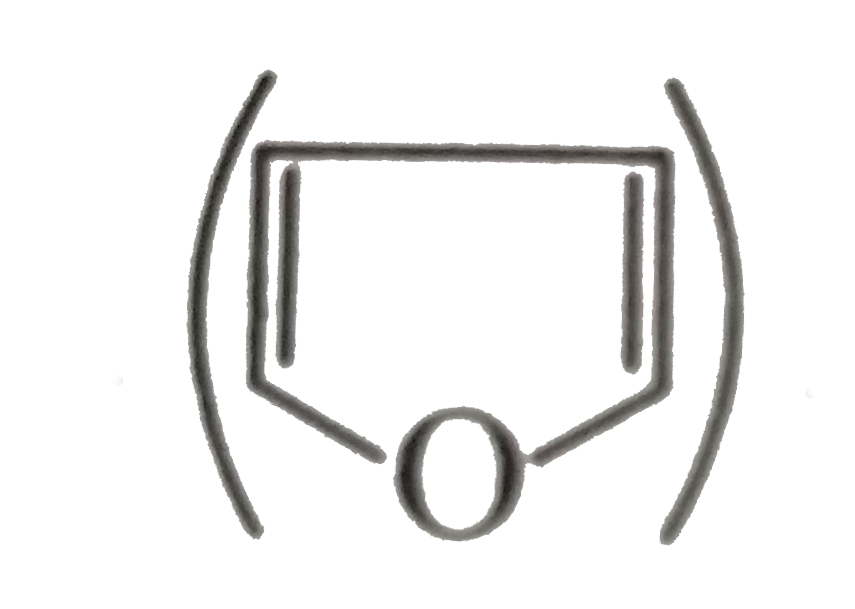Assertion (A): BaCO3 is more soluble in HNO3 than in water.
Reason (R ): Carbonate is a weak base and reacts with H⊕ ions to form strong acid causing barium salt to dissociate.
If both (A) and (R) are correct and (R) is the correct explanation of (A).
If both (A) and (R) are correct, but (R) is not the correct explanation of (A).
If (A) is correct, but (R) is incorrect.
If (A) is incrrect, but (R) is correct.
The correct Answer is:A
Step by step video, text & image solution for Assertion (A): BaCO_(3) is more soluble in HNO_(3) than in water. Reason (R ): Carbonate is a weak base and reacts with H^(o+) ions to form strong acid causing barium salt to dissociate. by Chemistry experts to help you in doubts & scoring excellent marks in Class 11 exams.
Updated on:21/07/2023Topper's Solved these Questions
- S-BLOCK GROUP 2 - ALKALINE EARTH METALSBOOK - CENGAGE CHEMISTRYCHAPTER - S-BLOCK GROUP 2 - ALKALINE EARTH METALSEXERCISE - Exercises Integer
6 Videos
- S-BLOCK GROUP 2 - ALKALINE EARTH METALSBOOK - CENGAGE CHEMISTRYCHAPTER - S-BLOCK GROUP 2 - ALKALINE EARTH METALSEXERCISE - Exercises Fill In The Balanks
13 Videos
- S-BLOCK GROUP 2 - ALKALINE EARTH METALSBOOK - CENGAGE CHEMISTRYCHAPTER - S-BLOCK GROUP 2 - ALKALINE EARTH METALSEXERCISE - Exercises Single Correct
82 Videos
- S-BLOCK GROUP 1 - ALKALI METALSBOOK - CENGAGE CHEMISTRYCHAPTER - S-BLOCK GROUP 1 - ALKALI METALSEXERCISE - Archives Subjective
8 Videos
- SOME BASIC CONCEPTS AND MOLE CONCEPTBOOK - CENGAGE CHEMISTRYCHAPTER - SOME BASIC CONCEPTS AND MOLE CONCEPTEXERCISE - Archives Subjective
11 Videos
Similar Questions
Knowledge Check
Assertion (A): BaCO3 is more soluble in HNO3 than in water.
Reason (R ): Carbonate is a weak base and reacts with H⊕ ions to form strong acid causing barium salt to dissociate.AIf both assertion and reason are true and reason is the correct explanation of the assertionBIf both assertion and reason are true but reason is not the correct explanation is true but reason is false.CIf the assertion and reason both are false.DIf the assertion and reason both are false.Assertion (A): Iodine is more soluble in CCl4 than in water.
Reason(R ): Non-polar solutes are more soluble in non-polar solvents.AIf both (A) and (R) are correct, and (R) is the correct explanation of (A).BIf both (A) and (R) are correct, but (R) is not the correct explanation of (A).CIf (A) is correct, but (R) is incorrect.DIf (A) is correct, but (R) is correct.Assertion (A): CuCI is more covalent than NaCI.
Reason (R ): Na⊕ ion more polarising than Cu⊕ ion.AIf both (A) and (R ) are correct and (R ) is the correct explanation of (A).BIf both (A) and (R ) are correct, but (R ) is not the correct explanation of (A).CIf (A) is correct, but (R ) is incorrect.DIf (A) is incorrect, but (R ) is correct.
Assertion (A): NaCl is less soluble in heavy water than in ordinary water.
Reason (R) : Dielectric constant of ordinary water is more than that of heavy water.
View SolutionAssertion (A) : Ammonium chloride is an acidic salt
Reason (R) : It is a salt of weak base [NH4Cl] and strong acid [HCl]
View SolutionAssertion : pH of ammonium nitrate solution is acidic .
Reason : Solution of salt of weak base and strong acid is acidic .
View SolutionAssertion (A): NaOH is a stronger base than KOH.
Reason (R ): KOH is more soluble in water than NaOH.
View SolutionAssertion (A) : H3BO3 is a tribasic weak acid.
Reason (R) : B is a typical non-metal.
View Solution

 is more soluble than DHF (Dihydrofuran,
is more soluble than DHF (Dihydrofuran,  in
in